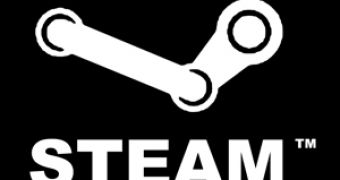Valve wants to further upgrade its Steam digital distribution service by adding a more robust microtransaction system as well as through the implementation of cross-platform play.
Steam is by far the most successful and profitable digital distribution service on the PC and Mac, but this doesn't mean that Valve is resting on its laurels and piles of cash.
Instead, the company is busy refining the microtransaction system first seen in Team Fortress 2 and is also getting ready to add cross-platform play with the launch of Portal 2 for the PlayStation 3.
Most of these systems have been built with the help of actual users and the feedback the company has received from Steam members.
This knowledge will be shared by Valve at the upcoming Game Developers Conference this week.
"We've come to understand what type of content sells well in TF2's in-game store, and the various price points at which players value this content," said Robin Walker, game designer at Valve. "Our players are continually teaching us what works and what doesn't. Much of this feedback can be generalized to other titles on Steam, so we're looking forward to sharing what we've learned with partners at GDC. We're also interested in seeing partners get up and running with their own in-game economies, so they can collect game-specific data to inform their design decisions."
The company praises GDC because it makes it simple to share insight and feedback with partners, thus allowing Steam to become more advanced and better suited for both companies and users.
"Steam continues to define itself as more than a digital distribution service by regularly adding new features for developers and customers," said Jason Holtman, director of business development at Valve. "GDC is a great venue for us to share what we're up to, and what's on the horizon for Steamworks. Plus, it's a great opportunity for us to gather feedback from partners, to help inform our plans."
Valve already plans to reveal the Big Picture mode for the Steam interface at GDC, allowing the service to be used on TV screens and not just on PC or Mac monitors with a mouse or keyboard.

 14 DAY TRIAL //
14 DAY TRIAL //